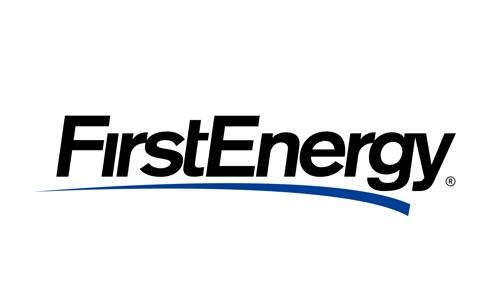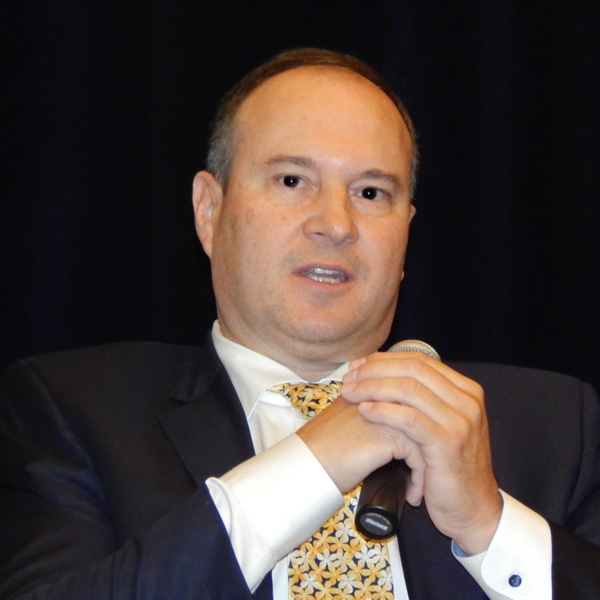By Tom Kleckner
Opponents of Clean Line Energy’s proposed Plains & Eastern transmission line are asking for public hearings and a way to intervene on the project, which would span 720 miles from Oklahoma to Tennessee.
A group called BLOCK Plains & Eastern Clean Line: Arkansas and Oklahoma filed petitions with the Federal Energy Regulatory Commission and the Energy Department’s Office of Electricity Delivery and Energy Reliability on June 16, asking them to conduct a rulemaking for implementing Section 1222 of the Energy Policy Act of 2005.
The Plains & Eastern is the first transmission project being developed with the department under Section 1222, which authorizes the Southwestern and Western Area Power Administrations to participate in transmission projects with third parties in states where they operate if the department determines that they are necessary to reduce congestion or meet demand.
Section 1222 does not allow financial participation by those agencies, but it does authorize the Energy Department to facilitate private sector participation in transmission development by accepting and using third-party funds.
“There is no ‘normal process’ [for Section 1222],” Carol Overland, attorney for BLOCK Plains, said in an interview. “It’s not something ever used before and DOE has not established rules for Section 1222, so we have asked for a rulemaking.”
FERC rejected BLOCK Plains’ petition last week, saying Section 1222 “does not give the commission rulemaking or other authority regarding these matters and is therefore outside of the commission’s jurisdiction” (RM15-22).
Overland said BLOCK Plains has yet to hear from the Energy Department. However, the department has extended the public comment period to July 13, saying it is “accepting comments on whether the proposed project meets the statutory criteria listed in Section 1222 … as well as all factors included in DOE’s 2010 request for proposals.”
The department selected the Plains & Eastern project in 2012 under the RFP. Clean Line hopes to partner with the Southwestern Power Administration, which owns transmission lines and facilities in Texas, Oklahoma, Missouri, Louisiana and Arkansas. (See Clean Line Starts Online Petition for DOE Tx Approval.)
BLOCK Plains, which says its represents Arkansas and Oklahoma landowners, contends the department has improperly conducted reviews on the environmental impact of the project, its need and routing options without first creating a rulemaking process for Section 1222.
Due Process
“The process chosen by the department raises due process issues because there are no established rules, the department’s process severely limits public participation and transparency [and] restricts access to information, and thus far the department offers no opportunity for public hearings or intervention in a contested case,” the group said in its petitions. “The process chosen by the department also severely limits building a record that would support any decision by the department. There is no justification for operating without rules.”
The Plains & Eastern project would deliver more than 3,500 MW of energy from wind farms in the Oklahoma Panhandle to the southeastern U.S. The DC line would connect with the Tennessee Valley Authority.
The department has closed comments on a draft environmental impact statement for the project and is now preparing a final EIS. Clean Line hopes to begin construction on the Plains & Eastern project in 2016, with commercial operation as early as 2018.











